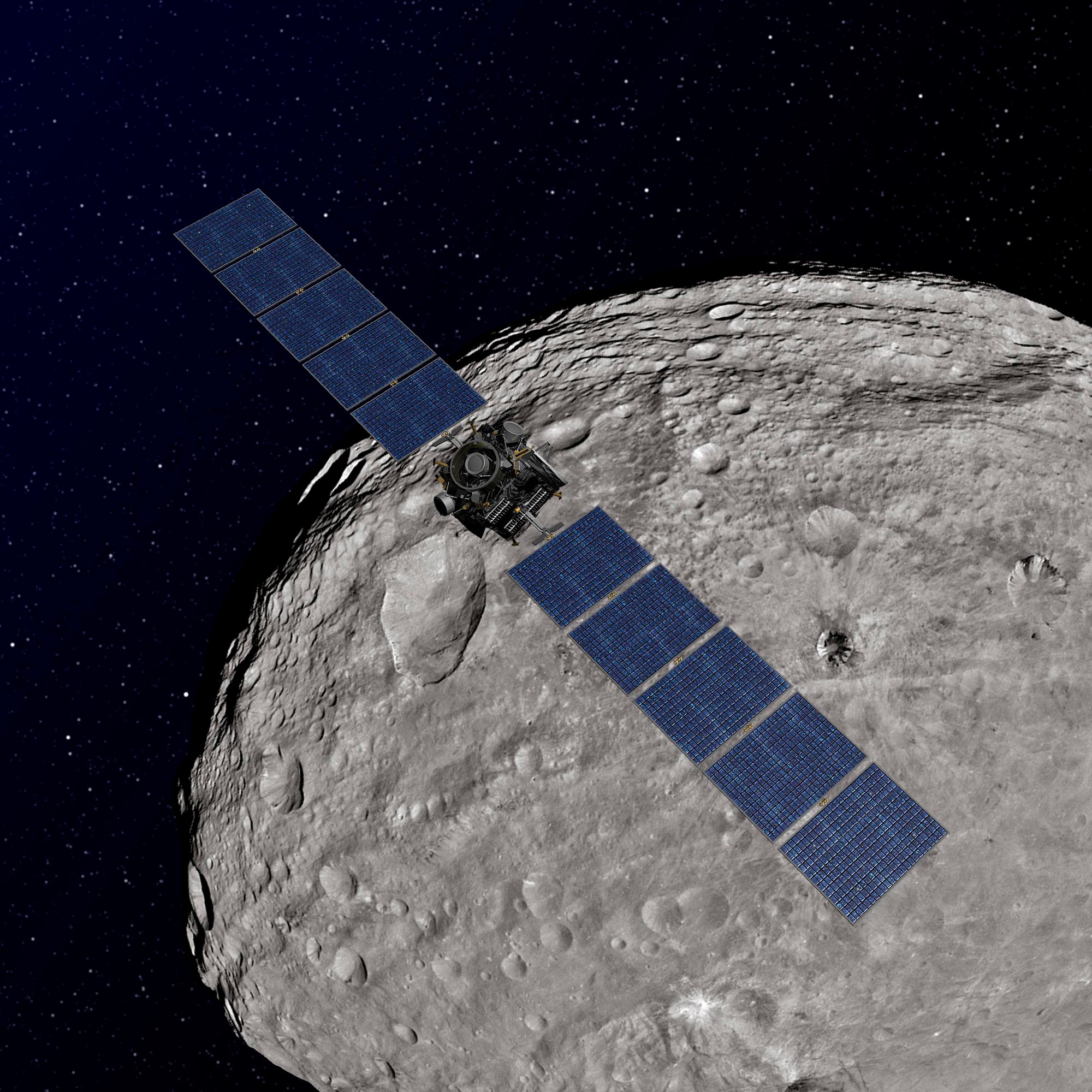Nasa identifies 10,000th Near-Earth object, MZ5: Apocalypse still on hold
The new discovery is thankfully only 300 metres across and orbits at a safe distance from Earth

Your support helps us to tell the story
From reproductive rights to climate change to Big Tech, The Independent is on the ground when the story is developing. Whether it's investigating the financials of Elon Musk's pro-Trump PAC or producing our latest documentary, 'The A Word', which shines a light on the American women fighting for reproductive rights, we know how important it is to parse out the facts from the messaging.
At such a critical moment in US history, we need reporters on the ground. Your donation allows us to keep sending journalists to speak to both sides of the story.
The Independent is trusted by Americans across the entire political spectrum. And unlike many other quality news outlets, we choose not to lock Americans out of our reporting and analysis with paywalls. We believe quality journalism should be available to everyone, paid for by those who can afford it.
Your support makes all the difference.Nasa have announced the ten thousandth addition to their catalogue of Near-Earth objects (NEOs) – a list of asteroids, comets, and meteoroids whose orbits bring them close to Earth.
This latest discovery is the asteroid now known as 2013 MZ5, which was detected earlier this month by astrologers in Maui.
"Finding 10,000 near-Earth objects is a significant milestone," said Lindley Johnson, program executive for Nasa's NEO Observations Program. "But there are at least 10 times that many more to be found before we can be assured we will have found any and all that could impact and do significant harm to the citizens of Earth."
Approximately 300 metres in diameter, MZ5 does not travel close enough to earth to pose any threat. Of the current list of 10,000 NEOs, roughly 10 per cent are larger than a kilometre in size and could cause global devastation in the event of an impact with earth.
The most famous collision of all time is widely held to be the Cretaceous-Paleogene extinction event; the impact of a 10 kilometere wide object approximately 65 million years ago that was responsible for the extinction of the dinosaurs along with three-quarters of all plant and animal life on Earth.
Luckily, none of these objects are close enough to hit Earth, though NASA notes that even NEOs larger than 100 feet across would do significant damage if they fell in urban areas.
"The first near-Earth object was discovered in 1898," said Don Yeomans, manager of Nasa's NEO Program Office. "Over the next hundred years, only about 500 had been found. But then, with the advent of Nasa's NEO Observations program in 1998, we've been racking them up ever since.”
Nasa’s NEO program currently records around three discoveries a day, with the work conducted under the knowledge that any space debris that threatens Earth could be deflected if discovered in time.
The largest known NEO is 4179 Toutatis, an asteroid with a chaotic orbit caused by the switching influence of Earth and Jupiter's gravities. Its dimension are approximately 4.6km by 2.4km, though thankfully the chances of it hitting earth are very small.
Current hypothetical methods of deflecting such an asteroid would be to either launch a spacecraft to hover near the object, using the small change in gravity to pull it off course; hitting the asteroid with said spacecraft, or attempting to break up the asteroid with nuclear weapons.
However, any of these methods would require at least ten years advance warning if they had any hope to be successful.
Asteroid, comets and meteoroids oh my
NASA’s list of NEOs includes all three categories, but knowing the difference might save your planet. Comets are mainly composed of ice and dust with a hard rock center. As they approach the sun, the ice begins to vaporize creating a distinctive tail that can be millions of miles long.
Asteroids have the same rock center, but double down by surrounding this with a hard rocky exterior as well. They’re basically rocks, is the scientific consensus. They range in size from tens of meters of kilometres across and yet astronomers estimate that their total mass combined is less than half that of the moon.
Meteoroids are the smallest of the bunch - off-shoots from asteroids or comets. When they enter the Earth’s atmosphere they begin to burn up creating shooting stars. At this point they become meteors rather than meteoroids.
Join our commenting forum
Join thought-provoking conversations, follow other Independent readers and see their replies
Comments